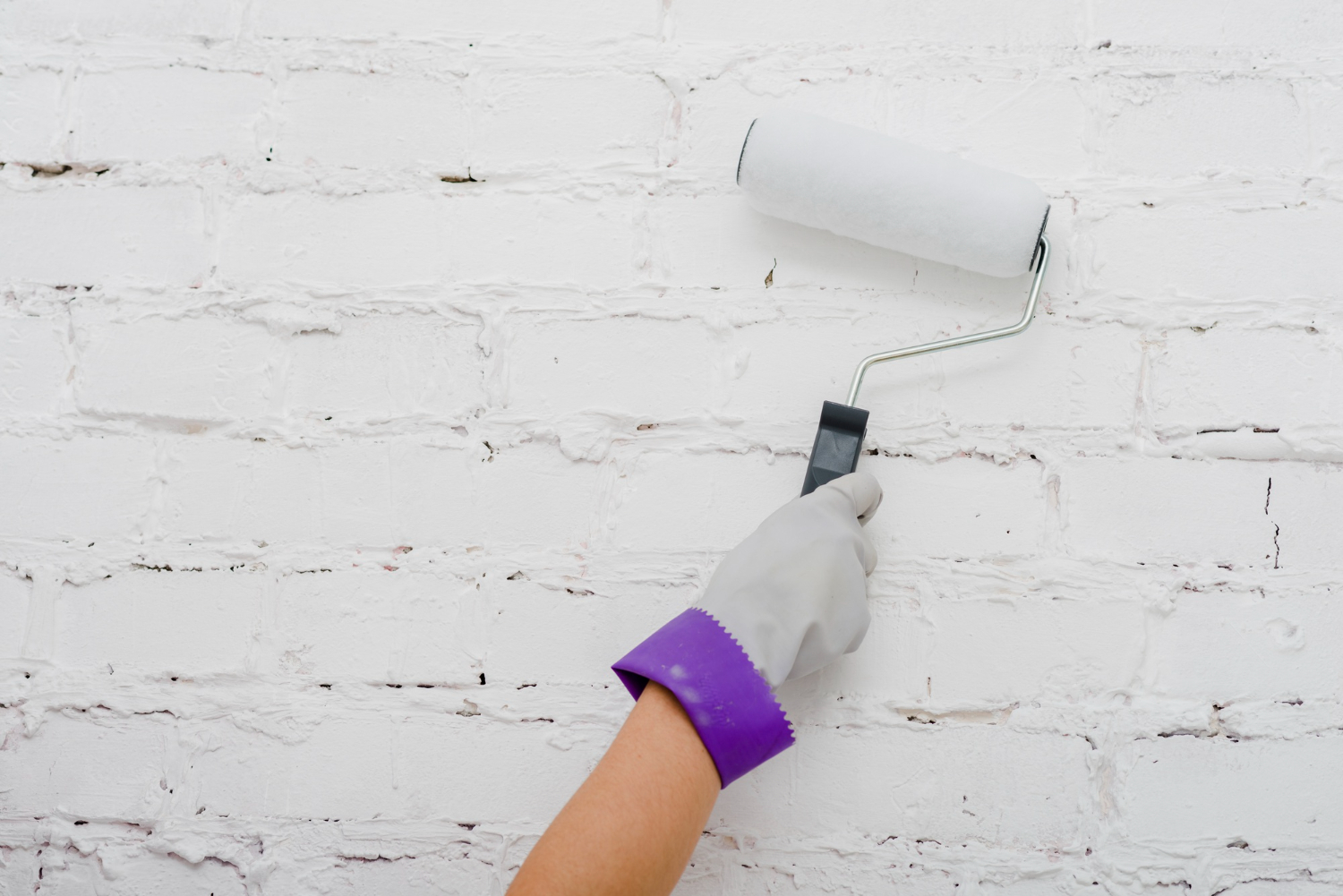
Concrete walls, whether inside or outside your home, can provide a sturdy and aesthetic backdrop for your living spaces. Painting concrete walls not only enhances their appearance but also adds a layer of protection. In this ultimate guide, we will explore tips and techniques for painting both interior and exterior concrete walls, focusing on the key aspects of using the right Concrete wall paint, Fulfilling various Concrete Wall Paint Finishes, and Confirming a long-lasting result.
Concrete wall paint is specially formulated to adhere to concrete surfaces, providing both durability and a visually appealing finish. It’s essential to choose the right type of paint to match the location and purpose of the wall.
Interior Concrete Wall Paint: For interior walls, opt for paints that are low in VOCs (volatile organic compounds) to maintain a healthy indoor air quality. These paints are designed to withstand everyday wear and tear while offering a smooth, even finish.
Exterior Concrete Wall Paint: Exterior paints must be more robust to resist weather conditions. Look for exterior concrete paints that are waterproof and resistant to UV rays, mold, and mildew. These paints will ensure your walls remain vibrant and protected against the elements.
Proper preparation is crucial for Fulfilling the best results with your Concrete Coating. Follow these steps to prepare your concrete walls for painting:
Clean the Surface: Start by cleaning the concrete surface thoroughly. Remove dirt, grease, and other contaminants using a concrete cleaner. For stubborn stains, use a degreaser.
Repair Cracks and Holes: Inspect the concrete for any cracks or holes. Fill them with a concrete patching compound or filler, and smooth the surface. Allow the repairs to dry completely.
Etch the Surface: For better paint adhesion, etch the surface of the concrete. This can be done using a concrete etching solution or a wire brush to roughen the surface.
Apply a Primer: Using a primer suitable for concrete surfaces helps the paint adhere better and ensures an even finish. Apply a concrete primer and let it dry as per the manufacturer’s instructions.
When it comes to applying paint, different techniques can achieve various Concrete Wall Paint Finishes:
Roller Application: Use a high-quality roller for large, flat surfaces. Roll the paint evenly across the wall in a “W” pattern to avoid streaks and ensure full coverage.
Brush Application: For corners and detailed areas, use a brush. Apply the paint in small sections to avoid overlapping and ensure a smooth finish.
Spray Application: For a faster and more uniform application, consider using a paint sprayer. This method is especially effective for large exterior surfaces. Be sure to use painter’s tape and drop cloths to protect surrounding areas.
The finish of your paint job can greatly affect the look of your concrete walls. Here are some popular Concrete Wall Paint Finishes:
Matte Finish: Provides a non-reflective surface and hides imperfections well. It’s a good choice for interior walls.
Satin Finish: Offers a slight sheen and is easier to clean than matte finishes. Suitable for both interior and exterior walls.
Gloss Finish: Highly reflective and durable, making it ideal for high-traffic areas or exterior walls exposed to harsh conditions.
To ensure your painted concrete walls remain in top condition, follow these maintenance tips:
Regular Cleaning: Dust and clean the walls regularly to keep them looking fresh.
Inspect for Damage: Periodically check for any signs of wear, such as peeling or cracking.
Touch-Up Paint: Keep some of the paint used for touch-ups. This helps maintain the consistency of the finish over time.
By following these tips and techniques, you can achieve a professional-looking finish for both your interior and exterior concrete walls. Whether you’re refreshing a room or enhancing your home’s exterior, the right Concrete wall paint and finishing techniques will ensure lasting beauty and durability.
Q1: What is the best type of paint for interior concrete walls?
A1: The best type of paint for interior concrete walls is a low-VOC Interior Concrete Coating. It provides a smooth, durable finish while maintaining good indoor air quality.
Q2: How do I choose the right Exterior Concrete Wall Paint?
A2: For exterior walls, choose a paint that is weather-resistant, waterproof, and UV-resistant. This ensures your paint job will withstand various weather conditions and maintain its appearance over time.
Q3: What are the benefits of using a primer before painting concrete walls?
A3: A primer improves paint adhesion, ensures even coverage, and can help in hiding imperfections. .
Q4: How long should I wait before applying a second coat of CONCRETE WALL PAINT?
A4: Follow the manufacturer’s instructions for drying times. Typically, you should wait 4-6 hours before applying a second coat, but this can vary depending on the type of paint and setting conditions.
Q5: Can I use the same paint for both interior and exterior concrete walls?
A5: No, it’s best to use specific paints designed for each setting. Interior Concrete Wall Paint is formulated for indoor use, while Exterior Concrete Wall Paint is designed to withstand outdoor conditions.












